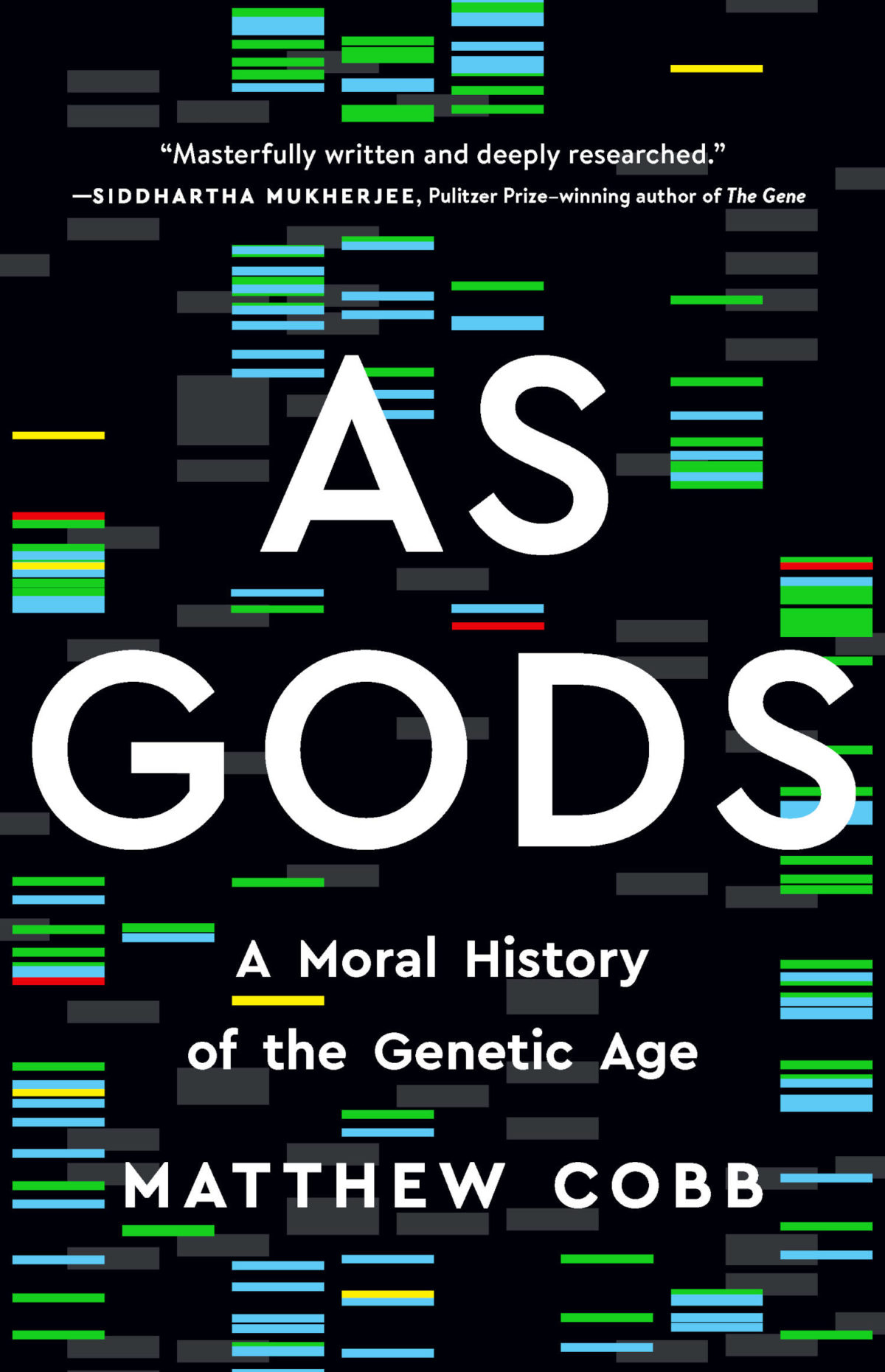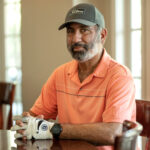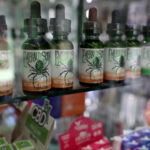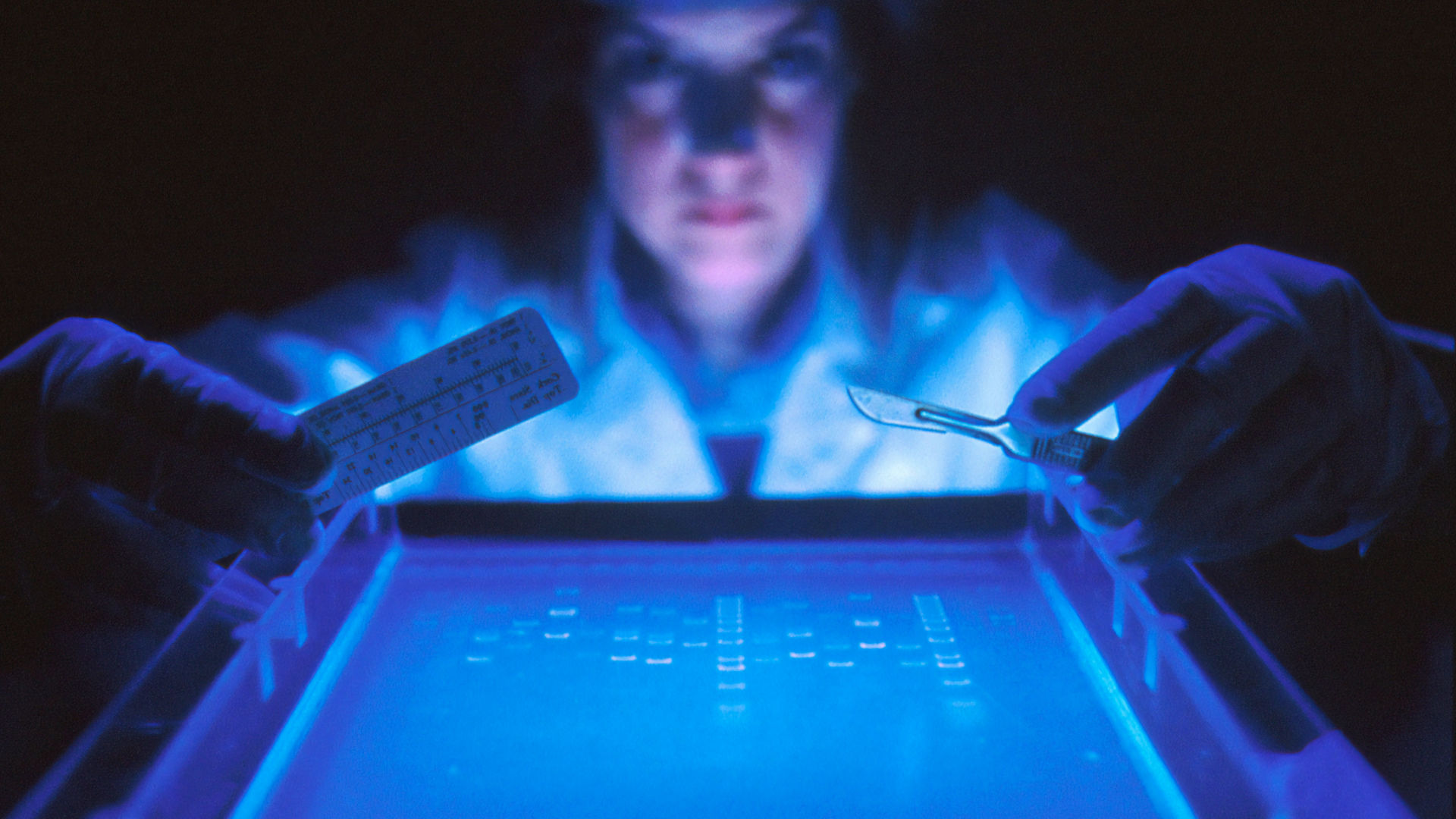Interview: Matthew Cobb on the Ethics of Genetic Engineering
Genetic engineering is one of the great breakthroughs of the last half-century. It’s also sparked more controversy than just about any other branch of science. In his recent book, “As Gods: A Moral History of the Genetic Age,” Matthew Cobb, a biologist and historian at the University of Manchester, takes an in-depth look at the field’s turbulent history.
By now that history stretches back about 50 years. Recombinant DNA — which contains genetic material from at least two different sources — was first made in 1972, a year that “marked a real qualitative change in our ability to change genes — blind tinkering became precise and deliberate manipulation,” Cobb writes. In 1973, Herbert Boyer and Stanley Cohen developed a method to easily incorporate foreign genes into the genomes of E. coli bacteria, creating the first genetically modified organism in the process. And the following year, Rudolf Jaenisch created the first genetically modified animal — a mouse.

“As Gods: A Moral History of the Genetic Age,” by Matthew Cobb (Basic Books, 464 pages).
As Cobb’s title suggests, scientists now wield what would have seemed until recently like God-like power: the ability to alter organisms at the genetic level. That power can be put to use for the benefit of humankind, by developing gene-based therapies for disease, for example, or by growing more resilient crops. But safety concerns have always lurked beneath the surface.
In the early 1970s, members of the scientific community began expressing concern over genetic manipulation, with some prominent researchers even calling for a moratorium. With those concerns in mind, scientists met in 1975 at the International Congress on Recombinant DNA Molecules (often called the Asilomar Conference, for the site in California where it was held), to address the potential dangers posed by genetic manipulation. The conference stopped short of calling for a moratorium — the focus instead was on how research could proceed without endangering public health.
The intervening decades have brought ever-accelerating advances — and further controversies. Dolly, a cloned sheep, made headlines in 1996, and some people wondered how far cloning technology would go, or should go. Genetic manipulation that affects a germline — cells that pass DNA on to the next generation — were seen as a particular concern. In 2018, a Chinese scientist announced that he had used the gene-editing technique known as Crispr to create several genetically modified human embryos, resulting in the birth of twin girls and sparking intense debate. And then there’s the threat of pathogen manipulation, and bioterrorism.
The way Cobb sees it, these two facets of genetic engineering research — the dream and the nightmare, as he puts it — can never be separated. He also believes this technology is too important to be left to scientists alone.
Our interview was conducted over Zoom and has been edited for length and clarity.
Undark: The accusation one often hears is that scientists who work in genetic engineering and related fields are “playing God.” I know it’s hard to generalize, but have scientists done enough to be transparent about their research, and to keep the potential consequences in mind?
Matthew Cobb: Yes and no. Overwhelmingly, yes, I think. That is, the scientists, the geneticists, have, from that period in the early ’70s, recognized that there are dangers in what they’re doing. And, at the very least, they need to ensure that anything that they do, if it does turn out to have unintended consequences, that it stays in the lab and can’t get out and can’t infect anybody, or can’t infect any other organisms.
The very fact that this [the Asilomar conference] took place — I mean, the public was not there — I think it’s very significant. Various people who are critical of this were asked to go, including some genetic engineers. They felt they would be kind of token critics. And so they decided not to go. So there was no voice inside the meeting saying, “wait a minute.”
But journalists were there — there were a dozen or so journalists. And that meant that there were articles, once it was over, in the all the major newspapers around the world, describing what had happened. So the journalists were observing what was going on, and were able to report it. And that tradition, largely, has been maintained, I think.
UD: Do scientists need to be more open about who’s funding their research? I notice that, these days, journal articles do include a sentence about funding, and the author’s declaration about competing interests. What are some of the lessons there?
MC: Well, yes, journals do that, but that’s new. In the ’90s, Nature was saying, “Well we don’t see any reason for this, because we trust people who submit to our journal to be well-meaning scientists, not to be people out to make a quick buck.” It wasn’t an ethical requirement at the time, by any means.
Yes, people should be transparent about who’s funding them. I think there’s also a big problem if you can patent certain things that people are actively researching on, and there’s a lot of money involved, then you end up with an atmosphere — and this was remarked in the early ’80s — an atmosphere of distrust, and people, perhaps in the same laboratory won’t talk or can’t talk to each other, because there’s a nondisclosure agreement or something like that.
If it was all taking place in a private lab, that’s OK, I guess. The problem is that this ended up undermining, I think, a lot of the academic approaches to research. I mean, science in general thrives on openness, and if you’re worried that anything you say is going to be stolen, not only [does] your prestige go down, which is the currency that most scientists deal with, but actually real currency. You’ll actually lose money, or the people you’ve signed a contract with are then going to sue you, because you’ve talked — that is clearly very bad.
That atmosphere is less strong now than it was in the ’80s, when there really was an atmosphere of “get rich quick” — because some people did. They made a vast amount of money.
UD: In 2018 a Chinese scientist, He Jiankui, used Crispr to alter the genes of two twin human fetuses, who are now children. You describe that as a “failure of the international scientific and bioethics community.” Should someone have tried to prevent Dr. He from doing what he did?
MC: I should be clear — I do say that; but the first person responsible, the most principal person responsible for this, is He Jiankui himself. So I’m not removing responsibility; he was a very stupid, foolhardy, ambitious man whose reach extended his grasp, if that’s the right phrase. He thought he could do something that he was, in fact, unable to do.
The experiment went horribly wrong. There was no reason to do it. They [the embryos] didn’t have a genetic illness, they were perfectly normal. He introduced mutations into their DNA, some of which have never been seen before in anybody else on the planet, and in no other DNA sequence. Not every cell is the same, which it should be — these girls are mosaic. Different cells have got different mutations in them. We don’t know whether that will have any consequence for them at all. So it was it was a very, very bad experiment.
The point I was getting at was that from 2015, it became obvious from experiments being done on primates, and on non-viable human embryos — human embryos made during IVF, that could not survive, that were going to die — that you could use Crispr on human embryos. And in a way, that wasn’t a surprise, because it worked on everything else.
And the response from the scientific community, the overwhelming response — not unanimous, but most of the people involved in this area — they had a big meeting, which was kind of like Asilomar, but, not at all. This was a big meeting in Washington, thousands of people there, live-streamed across the world. And lots of discussion of ethics, lots of discussion with patients; the public was there, and so on.
But they didn’t actually say, why are you wanting to do this? What they said instead was, we should be on a prudent path to the application of genetic engineering to germline — to heritable characteristics. And there were a series of reports that came out that didn’t really change that, to the extent that when Science magazine reported on this in 2017, they said that it was “a yellow light” for gene editing in the embryo — which kind of means “proceed with caution.” It’s not a red light. They’re not saying don’t do it.
There were people saying, don’t do it. But the advice was ambiguous. But people, very strikingly, were not saying, why are you wanting to do this? What is the point? He Jiankui took the yellow light literally as a yellow light: “OK, I can go ahead if I’m careful.”
UD: Are we torn between giving scientists freedom versus more strict controls, from governments, from an international body, saying, “Only do this kind of research, don’t do that kind of research, and if you do this first kind of research, it has to be under these very precise circumstances or controls”?
MC: Well, I’m quite happy with that myself. I think we do need more regulation. But to be clear — there’s a lot of argument about how much of what He Jiankui did was illegal in China at the time. There are plenty of articles —you can go back to the beginning of the decade — in which people were saying things like, “Well, it’s the Wild East out in China.” They were saying stuff is going to happen, because China’s appetite for economic growth, and for genetic manipulation of all sorts of things, was very, very strong. And there was a huge pressure on the researchers to succeed very, very quickly.
Which was pressure on He Jiankui as well. And indeed, although he was subsequently tried in a secret court and was sentenced to three years in prison, it seems that what he was convicted of was practicing medicine without a license. So it wasn’t actually “You mutated two children.”
But if he had tried to do that in the E.U., or in the U.K., that would be illegal. Or in Australia. If he tried to do that in the USA, with federal funds or federal resources, that would be illegal. If he had tried to do that in the USA in a private institution with private funding, that’s fine.
UD: I can remember this term, “designer babies,” from long before Crispr came along. And it always carried an ominous tone, because anyone who’s read history knows that eugenics was very popular in the first part of the 20th century. You haven’t used the word eugenics, but it casts quite a shadow, doesn’t it?
MC: In a way, the process that I described — pre-implantation selection — is a form of eugenics. It’s soft eugenics, it’s voluntary eugenics. We’re giving couples the possibility of having, or not, a child. And by making that selection of those embryos, you are effectively altering the gene frequency — and that’s all that eugenics is. But it’s on such a low level that it’s not actually — most genetic diseases actually occur spontaneously. They’re not familial. So you can’t do anything about them anyway.
So it’s not really changing anything. But yes, if you want a technical definition, it is changing the gene frequency in the human population. And it’s doing that by a tiny little amount. The key issue is that this is done with the best of intentions, and there’s no coercion. You aren’t sterilizing people, like happened in the U.S. or in Canada, or in Sweden.
But if you think about what you talked about earlier, designer babies — if you knew the genetic basis of a particular characteristic, couldn’t you do that pre-implantation selection that I’ve just described? That is, instead of sequencing the embryos to find which is the embryo with the disease gene, why don’t we sequence it to find the gene with intelligence, or blue eyes, or whatever? And indeed, there are companies in the USA that will offer to do this for you.
Don’t waste your money, is my very strong advice. You can’t do this in the U.K.; it’s completely illegal. But in the U.S., you can do this. And you shouldn’t do it, for the very simple reason that the characteristics that they’re promising, they cannot deliver on.
If you wanted to have a hyperintelligent baby, then I don’t even know where to start. I mean, there are genetic factors, but there are thousands and thousands of them. Give your child a book to read.
UD: We’ve talked about some of the risks and possible dangers of this research. Tell me about the upsides. What are some gene therapies that this research has brought about?
MC: A gene therapy is a way of altering genes in cells in our body that are not going to be transmitted to the next generation — so everything except the egg and the sperm. The development of the gene editing techniques, Crispr, and the pre-Crispr technologies that everybody’s forgotten about, or mostly forgotten about — they have been transformational in enabling, initially in clinical experiments, to cure people of debilitating genetic diseases.
So, for example, very famously, there’s an African American woman called Victoria Gray, who very bravely in 2019 had her red blood cells altered. She has sickle-cell disease, which is a debilitating genetic disease, widespread but not exclusive in African American populations, and indeed very much so in Africa. The disease is produced by a change in the shape of the hemoglobin protein, and that makes the red blood cells look like sickles, which is why it’s called sickle-cell disease. They altered her red blood cells, so instead of producing that form of hemoglobin, they produced the kind of hemoglobin that we have when we’re in the womb, fetal hemoglobin, which is a little bit different, and that is not affected by the same genes.
So they were able to boost this production. Rather than changing a sequence, they amplified the production of fetal hemoglobin. And three years later, she’s still fit as a fiddle. She said, a few months afterwards, that she was without pain for the first time in her life.










